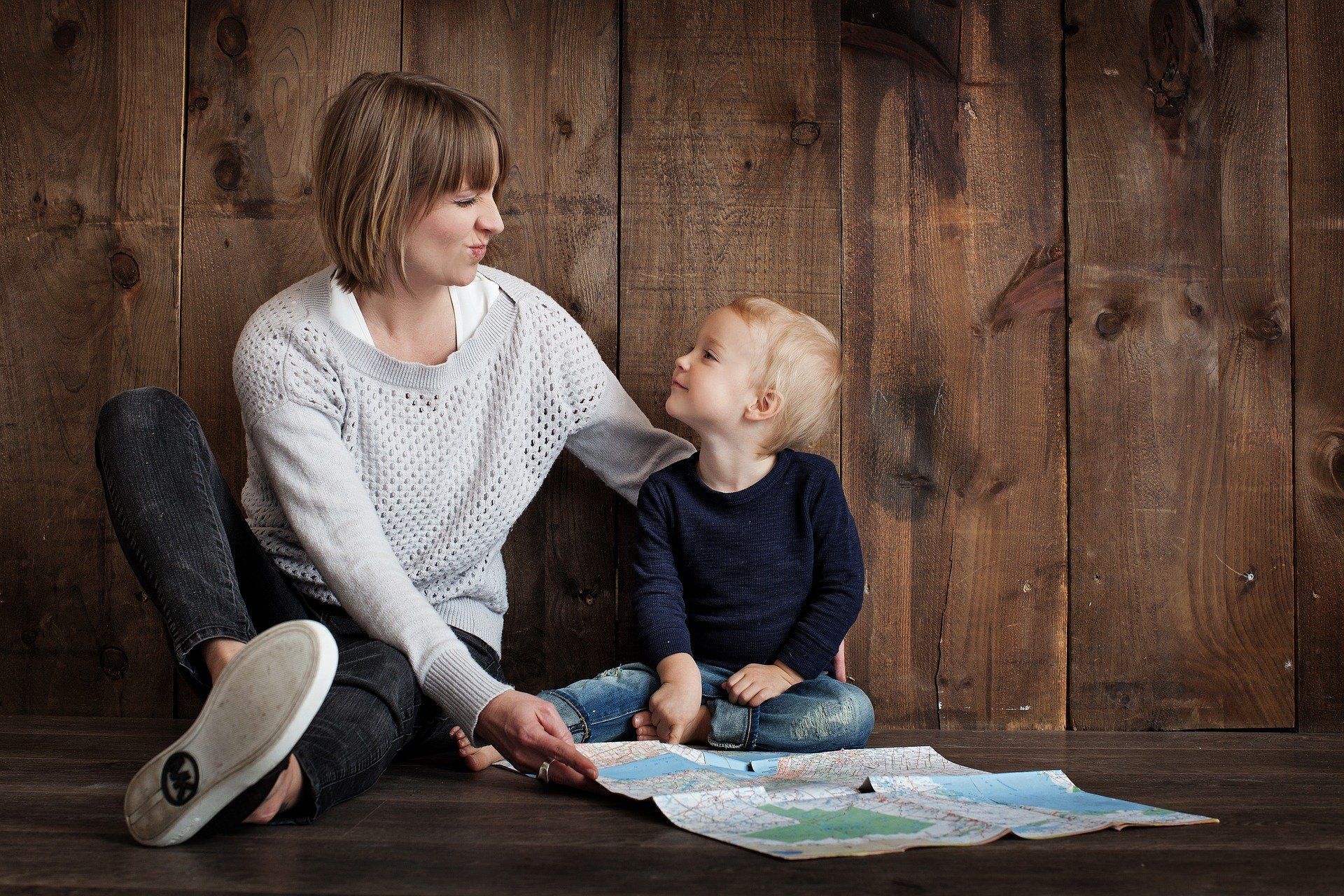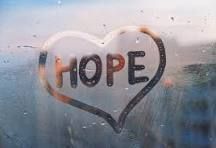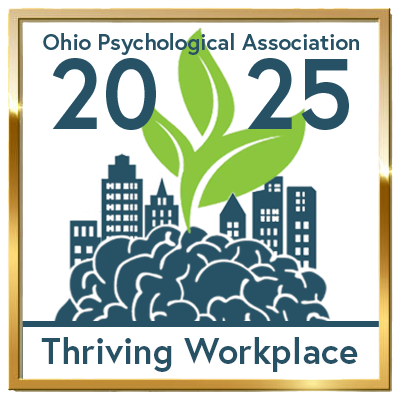
Multigenerational trauma is trauma that is passed down from one generation to the next. Often the people affected by multigenerational trauma aren’t even aware of it. They might describe their lives as difficult, but because it doesn’t fit the typical profile of trauma, they wouldn’t use the word trauma to describe what they’ve experienced.
One way that trauma can be transmitted across generations is through learned behaviors.
Learned Behaviors
Human beings are amazing for our ability to learn from experience and from the example of others. For most people parents are one of the greatest influences on our learning.
When a member of the household is struggling with mental health problems and/or addiction the whole family is affected. The person may be unpredictable and inconsistent.

It may feel like the whole family is riding on a rollercoaster driven by that one person’s mood. There may be added stress due to financial problems, legal issues, and instability. A child growing up in this environment may not know anything different. To that child, this is normal.
Parents who have experienced trauma and continue to be negatively impacted by it may perceive the world in disordered ways, which they may then pass on to their children. For example, a parent who experiences high levels of anxiety due to her past trauma experiences may be overly protective of her children, may discourage trusting others, and may be very restrictive about the types of activities in which she allows her children to engage.
Parents who have experienced trauma and have coped more effectively may pass on different messages to their children. For example, they may teach their children that it is possible to overcome difficult circumstances, may emphasize the importance of helping others who are struggling, and may instill their children with a sense of pride in their family’s strength and determination.
Sometimes behaviors that are adaptive for survival in a hostile environment are seen as problematic when circumstances change, and the behaviors are no longer necessary. For example, a parent who lived through famine or economic depression may have learned that one cannot rely on basic necessities being available, so it is important to keep a stockpile, just in case, and he will likely teach this same strategy to his children.

Other Influences
It is important to note here that parents are only one of many influences on our learning. It is possible that children who grow up in dysfunctional households will learn disordered behaviors and perceive them as a normal or even preferable way of being. It is also possible, if those children are exposed to other ways of thinking, other ways of solving problems and meeting needs, and other ways of interacting, that they will make a conscious decision to do things differently.
One important factor that influences children’s learning is the broader culture in which they are raised. Research has shown that children as young as preschool will show awareness of societally prescribed biases based on skin color and will assign positive or negative attributions to people based on race. For example, in their famous “Doll Tests” Kenneth and Mamie Clark found that preschoolers who were presented with a light-skinned doll and a dark-skinned doll were readily able to identify the race of the dolls, and almost all of them reported that they preferred the doll with the lighter skin and assigned more positive characteristics (e.g. pretty, smart, or good) to that doll.
Some of the strongest predictors of resilience include a relationship with a trusted, caring adult who is not a family member, and a sense of belonging to a community. These relationships have the potential to break or buffer multigenerational patterns by exposing young people to positive alternatives, by providing them with a positive identity as a member of the community, and by offering opportunities witness kindness, compassion, and acceptance.
Learned Behaviors
If you or someone you know is experience generational trauma, please call C&A at 330.433.6075.
* This is the second in a three-part series on Multi-generational trauma. The final segment in the series will focus on bilogical based trauma.

Mary Kreitz, LPC, CDCA has over 20 years of experience working in the field of behavioral health. She is currently the lead therapist for the Trauma Program at Child & Adolescent Behavioral Health, is a member of the Stark County Trauma and Resiliency Committee, and is a member of the Unity Coalition to Dismantle Racism in Stark County.
If you would like to support C&A services, programs or this blog, please consider making a Venmo donation to @CABehavioralHealth or use this donation link - https://childandadolescent.org/give-to-ca/
RECENT POSTS












